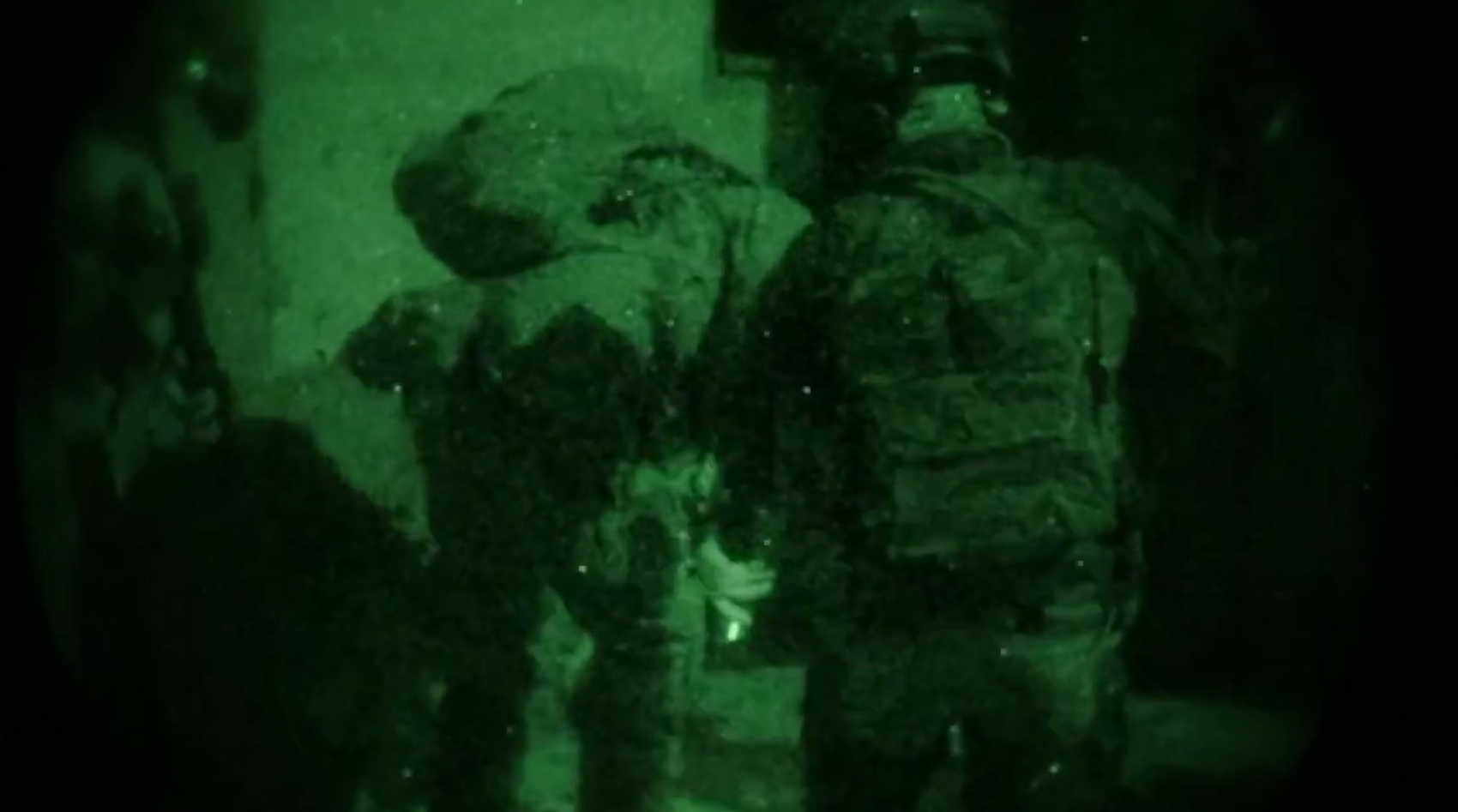By Medeea GreereSeptember 28, 2023No Comments8 Mins Read

SHARE
Crash and Burn: GCR Roadmap 5 & The Brewing Banking Sector Crisis – A Revealing Insight into RV GESARA
Medeea Greere, an independent publisher, is now on Telegram at https://t.me/AMGNEWS2022 and exists only on reader support as we publish Truth, Freedom and Love for public awareness. Thank You for your support!
In the fast-paced realm of finance, the gravest of storms often start as ripples. Today, we find ourselves on the precipice of one such tempest, as the global banking sector teeters on the edge of a crisis of unprecedented proportions. This isn’t just a financial concern; it’s a ticking time bomb with the power to send shockwaves through economies, businesses, and the lives of ordinary people. Welcome to the GCR Roadmap 5: Banking Sector Crisis.
The Anatomy of a Crisis
A crisis in the banking sector isn’t just a matter of concern; it’s a dire warning that something has gone profoundly wrong within the heart of our financial system. Let’s dissect this ticking time bomb and understand why it’s not just another alarmist headline but a very real threat.
Deposit Instability: The Canary in the Coal Mine
Picture this: people lining up outside banks, frantically trying to withdraw their hard-earned savings. This isn’t a scene from a doomsday movie; it’s a bank run. And it’s the first sign that the banking sector is in dire straits.
When confidence in the financial system erodes, cash deposits dwindle. People rush to withdraw their funds, fearing the worst. But it’s not just about panicked depositors. It’s about the very foundation of trust upon which the banking system is built. The loss of this trust can trigger a catastrophic chain reaction, leading to the collapse of not just one bank but the entire sector.

Liquidity and Solvency Concerns: The Precipice of Disaster
As loan defaults skyrocket, banks are left grappling with an insurmountable challenge – maintaining liquidity and solvency. But what do these terms really mean, and why should you care?
Liquidity is a bank’s ability to meet its short-term obligations – to pay out funds to depositors when they come knocking. When loan defaults surge, banks need to set aside provisions to cover expected losses. These provisions eat into their liquidity, leaving them vulnerable.
Solvency, on the other hand, is a measure of a bank’s long-term viability. If provisions for loan losses are inadequate, banks face the nightmarish scenario of insolvency, a state where their liabilities outweigh their assets. In simpler terms, it means they’re bankrupt. And when banks go bankrupt, your hard-earned money is on the line.
Forced Sales of Treasury Bonds: A Desperate Gambit
Imagine your neighbor selling their car at a fraction of its value just to cover their bills. It’s a desperate move, and it reflects what’s happening in the banking sector. As losses mount and deposits vanish, banks may resort to selling treasury bonds before they mature, often at significant losses.
This isn’t just a matter of banks making poor financial decisions; it’s a red flag that their balance sheets are in disarray. The consequences are far-reaching – weakened banks have less capacity to lend, and the bond market can spiral into chaos, affecting not only financial institutions but also ordinary investors.
Credit Crunch: Choking Economic Growth
Now, let’s step outside the walls of the banking sector and into the broader economy. When a banking crisis hits, it sends shockwaves that extend far beyond the confines of the financial world. Enter the credit crunch.
A credit crunch occurs when banks, drowning in their own problems, become extremely cautious about lending. The quality of their loan portfolios deteriorates, and they shy away from extending credit to anyone, including businesses and individuals. The result? Economic growth grinds to a halt, and dreams of investments and prosperity wither away.

Systemic Risk: The Domino Effect
In the interconnected world of finance, problems in one bank can set off a chain reaction that ripples through the entire system. This is systemic risk, and it’s the nightmare scenario that regulators and policymakers lose sleep over.
The collapse of one bank can lead to a domino effect, dragging down other institutions with it. Suddenly, the financial stability of an entire nation is at stake. And in today’s globalized world, a crisis in one country’s banking sector can easily spill over, triggering a global financial meltdown.
Government Interventions: A Costly Lifeline
When the storm clouds gather, governments often feel compelled to step in and save the day. But this isn’t a superhero movie; it’s real life, and government interventions come at a staggering cost.
Bailouts, guarantees of bank deposits, and massive injections of taxpayer funds become the order of the day. These measures are designed to prevent a full-blown financial collapse, but they come with a hefty price tag. Public coffers are drained, leading to public outrage and political debates that can shake the very foundations of a nation.
Market Confidence: A House of Cards
Confidence is the glue that holds financial markets together. It’s the belief that your investments are safe, and that the financial system is sound. But when a banking crisis strikes, that confidence crumbles like a house of cards.
Investors, fearing the worst, rush to withdraw their funds from banks and financial institutions. This exodus leads to market volatility, with stock prices plummeting and economic stability hanging by a thread. The result? A global crisis of confidence that can take years, even decades, to rebuild.
Impact on Borrowers: Caught in the Crossfire
While the titans of finance grapple with the fallout of a banking crisis, it’s the ordinary borrowers who bear the brunt. Businesses looking to expand, families seeking a home, and students funding their education – all find themselves caught in the crossfire.
As the credit crunch tightens its grip, borrowing becomes a Herculean task. Credit availability shrinks, and interest rates soar. Suddenly, your dreams of homeownership, entrepreneurship, or education seem like distant mirages.
Global Contagion: A Domino in the Global Economy
In an era of global interconnectedness, the ripples from a banking crisis can swiftly become tidal waves, crashing on the shores of distant lands. The international implications of a banking sector meltdown are undeniable.
In today’s world, where financial institutions and markets span borders, a crisis in one country can have far-reaching consequences. The shockwaves extend to foreign financial institutions, affecting trade, investments, and the livelihoods of people around the world.

Regulatory and Policy Reforms: A Silver Lining?
Amidst the chaos, there is a glimmer of hope. Crises often force regulators and policymakers to reevaluate banking regulations and policies. New rules and safeguards may emerge, aimed at improving financial stability and preventing future disasters.
While these reforms can be painful and disruptive in the short term, they offer a chance to build a stronger, more resilient financial system. But they come at a price, as banks must adapt to a new landscape, and the rules of the game change.
Conclusion: A Storm on the Horizon
The GCR Roadmap 5 has pulled back the curtain on a looming catastrophe – the Banking Sector Crisis. It’s not a distant threat; it’s a storm on the horizon, and its impact could be catastrophic.
As deposit instability rocks the foundation of trust, liquidity and solvency concerns threaten your savings, and forced sales of treasury bonds hint at desperation. A credit crunch looms, systemic risk raises its ugly head, and government interventions become a necessary evil. Market confidence crumbles, borrowers suffer, and the global economy braces for a domino effect.
But amidst the turmoil, there’s the potential for change. Regulatory and policy reforms can pave the way for a more resilient financial system.
The question remains: Will we heed the warning signs and take action before the storm hits, or will we wait until it’s too late, left to pick up the pieces of a shattered financial world? The choice is ours, and the clock is ticking.
MUST READ: The NESARA/QFS Plan: Discover the Unprecedented Wealth Distribution Under the NESARA/QFS Plan and Delve Into its Multifaceted Aspects














